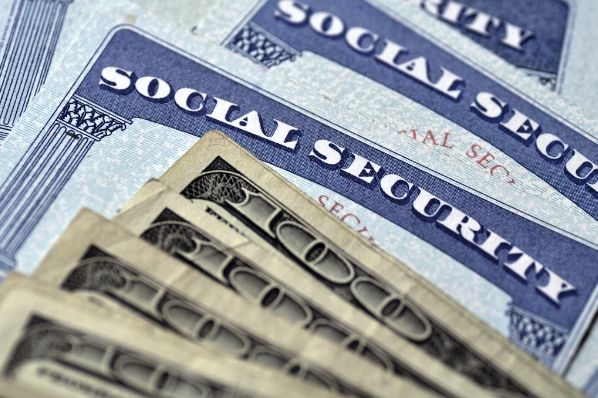Social Security was a big topic of discussion during last night’s presidential debate.
Both candidates sidestepped questions on how to deal with the pricey program that eats up about a quarter of our federal budget. Their answers were indicative of Washington’s approach to Social Security: stick your head in the sand and hope that the fast-approaching problem of insolvency will go away.
However, two latest developments with Social Security make it clear that the 80-year-old program is not aging well and is costing Americans more than it can deliver.
This week the Social Security Administration announced they would expand the wage base of American workers who pay Social Security taxes by seven percent. They unilaterally lifted the maximum amount of earnings that will be subject to Social Security tax to $127,200 in 2017 from $118,500. There goes that new iPad.
Meanwhile, cost-of-living increases will bump up benefits to retirees by a measly 0.3 percent or $5 per month. On average, retired workers will get $1,360 per month in 2017 and couples $2,260. That should mean a few extra items from the McDonald’s dollar menu, but won’t get very far in creating any financial stability for poor retirees.
The increase is small but better than nothing, which is what previous cost-of-living adjustments have been in 2010, 2011, and 2016 because inflation has been so low. The AARP and retires have complained:
Norman Ferson, 71, a retired software-company manager from Austin, Texas, said he expects his meager bump in Social Security benefits next year will be consumed by higher Medicare premiums.
“There’ll be nothing left for anything else,” he said.
Retirees – like most Americans – will also face higher healthcare costs. The cost-of-living increase affects premiums for Medicare Part B, which covers doctor visits and other types of outpatient care for elderly and disabled Americans. Federal law has a provision, the hold-harmless provision, which prevents Medicare from passing along premium increases greater than increases in Social Security payments to qualify. That’s about seven out of ten beneficiaries. Instead, the costs are spread to the other 30 percent of Medicare beneficiaries who don’t qualify.
Forbes health expert Janet Novak explains the confusing situation:
What about the unprotected 30%? They’re a diverse group, including the 6% of Medicare beneficiaries who pay high income surcharges; about 19% of Medicare recipients who are so poor that their premiums are covered by Medicaid; and the 5% who claimed Social Security for the first time in 2016, and thus weren’t held harmless because they couldn’t see their checks cut (since they had no checks in 2015). That unprotected group faced potential increases as high as 50% in 2016, in part to make up for what the 70% weren’t paying. But last October, Congress and the White House agreed on a two year budget deal that held those increases to 16% in 2016.
As a result, the basic premium for those who weren’t held harmless rose to $121.80 for 2016. For high income folks, Medicare premiums for 2016 range from $170.50 to $389.80 per person a month,…
…
What premiums the 30% actually end up paying could depend on whether Congress is feeling generous when it comes back to work for a lame duck session after the November 8th election.
Entitlements are costly and these costs will only continue to rise. Playing a song and dance every year while ignoring the fact that Social Security is going broke is irresponsible and has far-reaching effects. A national conversation about Social Security and entitlement reform is long overdue. However, Washington is too fearful of the backlash from retirees at the voting booths.
Younger generations have the most to lose. The Congressional Budget Office predicts that in just 13 short years, Social Security will become insolvent. The Social Security Trustees give insolvency a few more years, but the point is that by the time Generation X begins to retire we will be paying out more than we’re taking in.
As Heritage economist Romina Boccia explains, there are options, but we can’t afford to sweep this under the rug any longer, because eventually the mess will consume the whole house.


